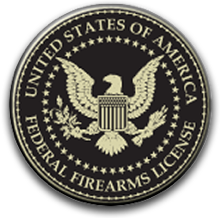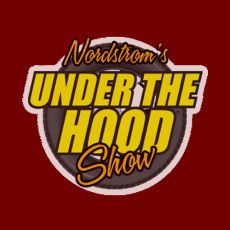Car Rating System
VanDerBrink Auction’s Guide to our Collector Car Auctions
VanDerBrink Auctions specializes in selling collector cars, parts, older salvage yards, and automotive related items and businesses. We love our iron and work hard to preserve this piece of history for our future generations. We do our best to let you know the conditions of the vehicles and as much information as possible. Some of the information we use, is provided by the seller. I also add my own observations. Both of these will be posted in the description of the lot.
Everybody has their idea of condition and what they want as a project or part. As a buyer, you need to take this information and use it along with your own observations to determine if this is the car or part that you wish to bid on and can use.
VanDerBrink Auctions uses the Old Cars Price Guide Ratings System:
- Excellent:This rating referred to a current maximum professinal standards of quality in every area or a perfect original survivor with all components showing like new. This is usually a top winning show quality car or a “Trailer Queen”. In a sense it has ceased to be an automobile, but a work of art. There are very few #1 cars and they are rarely driven.
- Fine: A well-restored or a combination of superior restoration and or excellent original. Also an extremely maintained original showing minimum wear. Except for close inspection, a #2 car may appear as a #1. This car will take top awards, except when squared off against a #1.
- Very Good: Completely operable original or “older restoration” showing wear, or a good amateur restoration, presentable inside and out. Also a partially restored car with all the components, or parts, to complete the restoration. This car is the “20 footer”. It looks great from 20 feet, but may show wear inside and out upon closer inspection. In general most cars are of this category.
- Good: A driveable vehicle needing no, or minor, work to be functional. Also a deteriorated restoration or a very poor amateur restoration. In this category, I will put project cars that are decent.
- Restorable: Needs complete restoration of the body, chassis and interior. It may, or may not, be running. It typically isn’t weathered, wrecked, and totally stripped of parts. This is a project that needs everything and may also be a car that is a “street rod” candidate. These cars are restorable project cars. They require more for restoration. At VanDerBrink Auctions, I typically use this category for cars that are complete to mostly complete, may or may not have rust, but are candidates for restoration or rod. This category may still be used in salvage auctions and will have cars that can – and would be – good candidates for complete projects. This is my modification.
- Parts Car: May or not be running, but is weathered, wrecked, rusted, and/ stripped for parts. These typically are donor or parts cars and not candidates for restoration. It may also be incomplete or cut. I use this category for many of my salvage yard cars, but review descriptions. In this category there are usually cars that are great donors for street rod projects and/or have many valuable parts on them.
Other related terms:
- NOS (New Old Stock): These are “gold” valuable parts. These parts may be in the boxes or not. They may also have surface rust, but are parts that have never been used for their designed purpose.
- OEM: This is “original material”, or similar to NOS, and very valuable and in demand like NOS.
- Project: These are vehicles, or tractors, that are complete or mostly complete. They may or may not have rust, but with work could be restored.
- Rod Candidate: These are cars that when looking at them scream to have flames, wild motors and paint. They are usually pre-1955. Street Rods can be made out of anything, but these are the cars/trucks, typically, when I write my descriptions.
- For Parts or Donor: This is a car/truck, or tractor, that has lived its person and its vital parts should be used to revive an older relic or car. They generally are cannibalized and may, or may not, have rust.
- Derby Car: Often I will refer to vehicles in my auctions as for derby. These are the “big ole’ boats”, station wagons, and 1969 to 1975 “family cars”. They quite often are used in demolition derbies for their sturdiness and girth. Myself, when I ran Enduros, used 1970 Plymouth Fury; old cop cars. They were great! Many hobbyist would rather put on the NOS or OEM parts instead of reproduction. I would rather use NOS or OEM parts on my collector tractors and cars. The restored car, or tractor, is worth more when restored with original parts. I consider these collectors “purists” and “treasure hunters”. It’s like striking gold for these guys when they can find original parts. Original parts are made to “fit” and it puts the complete package back to factory standards. Often, these parts show no signs of “being bolted on”. When we have these parts on our sales I want to let the collectors know so they can put them to use.
- Used: These are parts that have been taken off and recycled for use on other vehicles/tractors.
It doesn’t matter if they are used or NOS or OEM; the older parts are getting the harder and harder they are to find. With the price of iron going up, the older vehicles for parts cars and projects are disappearing. It is getting harder for the hobbyist to find the parts that he needs to finish is project. Chrome, interior pieces, and those small parts are some of the hardest to find. I strongly feel the need to save these cars and parts. They are a vital piece of our history. The combustion engine changed the world and the automobile and tractors changed our way of life.











